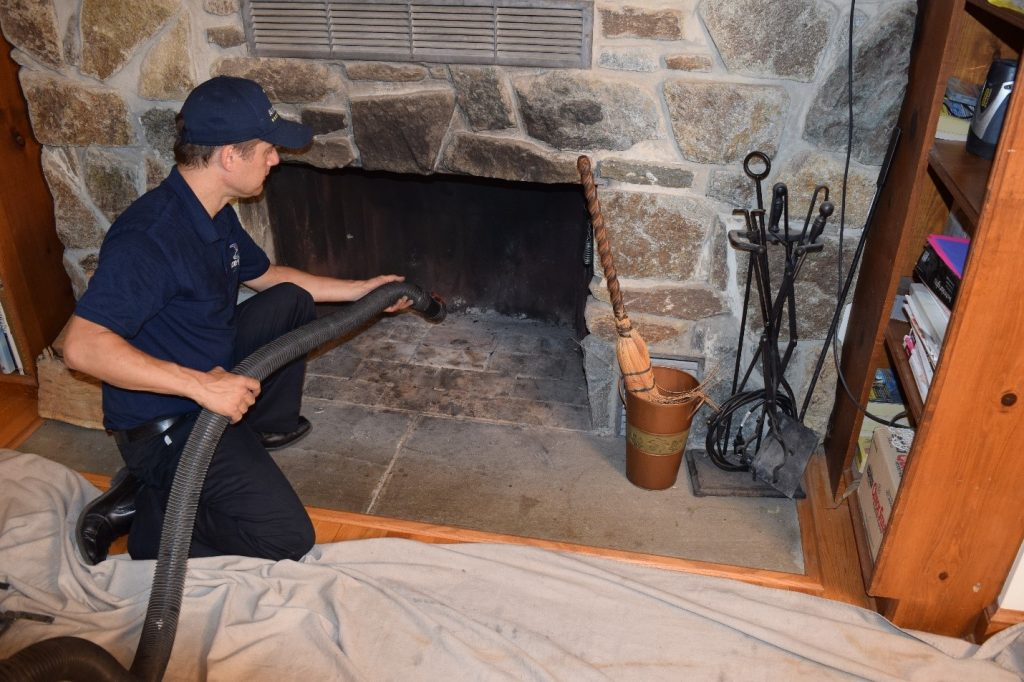To reduce carbon emissions from buildings, the City of New York enacted Local Law 97 (LL97) in 2019 as a part of the Climate Mobilization Act.
This leading-edge law places carbon caps on most buildings larger than 25,000 square feet—roughly 50,000 residential and commercial properties across NYC. These caps start in 2024 and will become more stringent over time, eventually reducing emissions 80 percent by 2050. Read our Local Law 97 Summary to learn more.
The law is the most ambitious building emissions legislation enacted by any city in the world. It incorporates many recommendations from our 80×50 Buildings Partnership, including more feasible timelines, a green power purchase option, a provision for carbon trading between buildings, and future refinement through an advisory board process.

HIGHLIGHTS
• Affects buildings greater than 25,000 square feet
• Sets increasingly stringent limits on carbon emissions per square foot in 2024 and 2030
• Flexibility to comply through renewable energy credits and/or emissions offsets
• Allows some affordable housing to choose low-cost energy saving measures instead of emissions limits
• New Office of Building Energy and Emissions Performance at Department of Buildings
• Strong advisory board to help refine emissions metrics and limits
• Carbon trading study and implementation plan
• Penalties for non-compliance and variances for financial hardship
IMPACT
• Covers ~50,000 buildings and nearly 60 percent of the city’s building area: 59 percent residential and 41 percent Commercial
• Requires 40 percent citywide emissions reductions by 2030 from a 2005 baseline.
• For covered buildings, that is a 26 percent carbon cut (5.3 million metric tons) from today, the equivalent of San Francisco’s citywide emissions.
• Many buildings are significantly above emissions limits and will require comprehensive retrofits or alternate compliance by 2030.
The law is estimated to cost businesses about $4 billion USD, but some of those costs will likely create future energy savings.
Some of the retrofits buildings can consider implementing to abide by the new law could include investing in better insulated windows, dimmable lights, more efficient air conditioners and heating systems. This law affects 50,000 of New York City’s 1 million buildings.
Which Buildings are Required to Comply with NYC LL97?
The law applies to existing buildings, new construction, and major renovations. It stipulates that covered buildings under LL97 are evaluated based on the records filed with the department of finance,
(i) a building that exceeds 25,000 gross square feet or
(ii) two or more buildings on the same tax lot that together exceed 50,000 gross square feet (9290 m2), or
(iii) two or more buildings held in the condominium form of ownership that are governed by the same board of managers and that together exceed 50,000 gross square feet (9290 m2).
What Are the Requirements of NYC LL 97?
Local Law 97 establishes building emission limits up to 2050 with a tiered approach toward CO2 reduction as indicated in the chart above.
Buildings covered by the law must submit an emissions intensity report to the Office of Building Energy and Emissions Performance on May 1st of every year, starting in 2025. The Office will review and may approve applications for alternative methods of compliance “including adjustments of emissions limits, deductions for the purchase of greenhouse gas offsets or renewable energy credits, deductions for the use of distributed energy resources, and adjustments for special categories of buildings or for special use and occupancies.” Because emissions analysis, benchmarking and reductions programs require time and resources to affect change, it is essential that building owners begin the process immediately.
Planning Ahead for Local Law 97
Start Planning Today
Local Law 97 (LL97) compliance begins in 2024, but implementing energy management strategies for your multifamily properties doesn’t happen overnight, so the time to plan is now.
It’s a good time to lay the groundwork for making comprehensive energy-saving upgrades or establishing on-going energy management strategies for your properties.
LL97 is part of New York City’s Climate legislation passed in 2019, a group of local laws aimed at mitigating the effects of greenhouse gas emissions from buildings. LL97 establishes emissions regulations on buildings over 25,000 sq. ft. that are subject to benchmarking.
Benefits
Implementing energy management strategies and installing energy-saving solutions offers many long-lasting benefits for your business, your properties, and your tenants.
- Improve your bottom line with lower operating expenses
- Boost tenant satisfaction and reduce turnover by improving comfort and keeping rents affordable
- Increase the value and marketability of your properties by installing high performance equipment
- Reduce your carbon footprint and contribute to a cleaner and healthier community
Conclusion
The first building emissions report is due in May 2025, but the recommendation for property owners is to start working on energy efficiency as soon as possible. Reducing emissions from a building can take years, especially for properties in the top 20% of emitters. Most measures that reduce emissions also improve energy efficiency, reducing the operating cost of a building.
Every building is unique, and an energy audit is strongly recommended to identify the most effective energy efficiency measures. However, upgrades that focus on HVAC installations and lighting systems are effective in most residential and commercial buildings.
There are several incentive programs from NYC and the state government, and they provide technical assistance and funding for energy efficiency projects and clean energy systems.